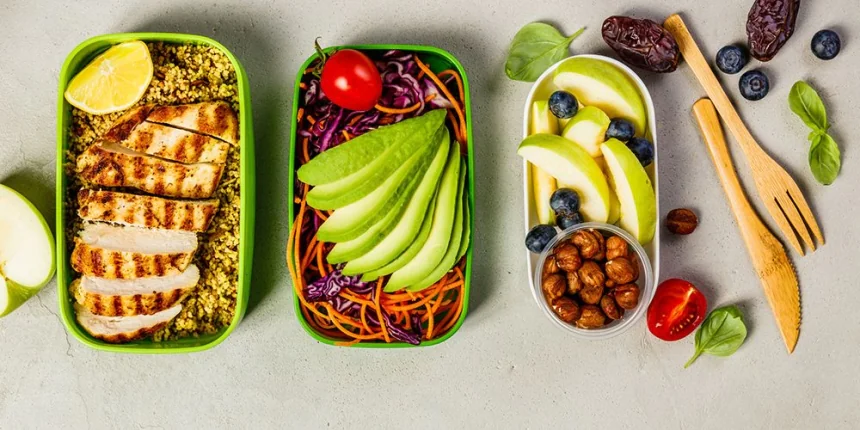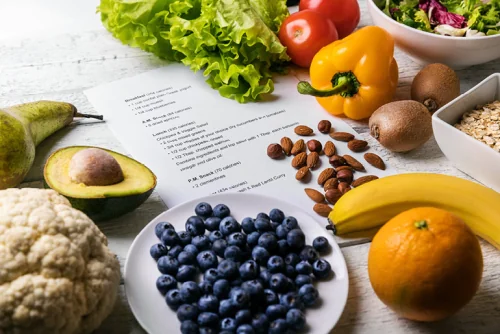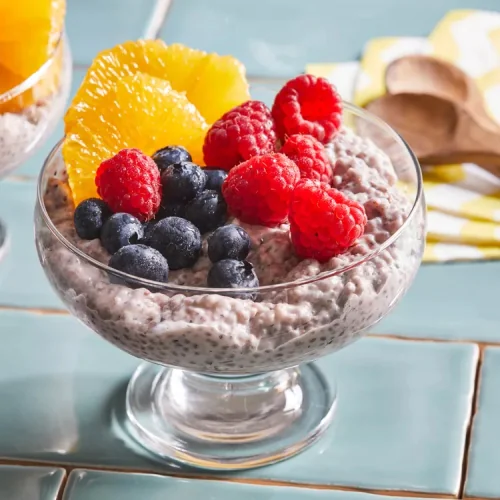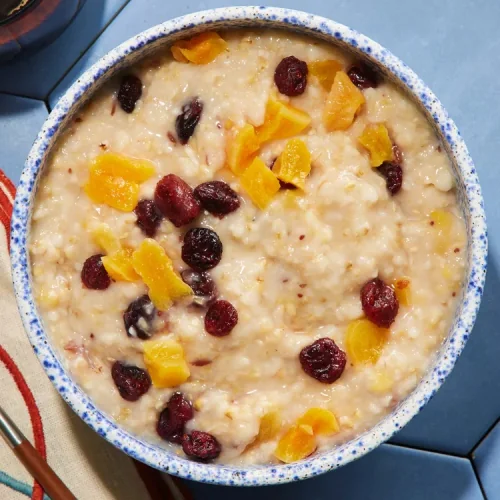List of foods to eat while on Ozempic
Discover the best foods to eat while taking Ozempic. From lean proteins and whole grains to fiber-rich veggies and healthy fats, build a diet that supports weight loss, blood sugar balance, and comfort while on GLP-1 therapy.

List of Foods to Eat While on Ozempic
When you’re using Ozempic (semaglutide) as part of a weight-loss or diabetes-management plan, your diet becomes an important ally—not just in reaching your goals, but also in how comfortable you feel along the way. Because Ozempic works by slowing stomach emptying, increasing feelings of fullness, and suppressing appetite, what you eat (and how) matters more than ever.
Below, you’ll find a practical list of food groups and specific examples—designed to help you stay nourished, support muscle and metabolism, ease digestion, and maximise the benefit of your medication.
Lean Proteins & Muscle Support
Protein is the foundation of a healthy diet while taking Ozempic. Since appetite may drop and meals become smaller, ensuring sufficient protein helps preserve lean muscle mass, maintain metabolism, and support satiety.
Good choices include:
-
Skinless chicken breast, turkey breast
-
White-flesh fish (cod, haddock), shellfish
-
Eggs or egg whites
-
Plant-based: tofu, tempeh, soft beans
-
Low-fat Greek yoghurt or cottage cheese
Each of these is relatively easy to digest, lower in heavy fat loads (which slow digestion and may increase nausea) and nutrient-dense. HealthLine notes that lean proteins help align with GLP-1 therapy’s effects and minimise GI side-effects. Healthline+1
Non-Starchy Vegetables & Gentle Greens
Vegetables provide volume, fiber and micro-nutrients while remaining compatible with reduced appetites. The key is selecting those that are easy on digestion.
Select:
-
Leafy greens: spinach, kale, lettuce
-
Zucchini, summer squash, bell peppers (mild)
-
Mushrooms, steamed asparagus, eggplant
-
Soft-cooked carrots or peeled cucumber
These vegetables are low in starch, gentle on your system, and promote fullness without heaviness. According to guidance around GLP-1 use, combining lean protein + vegetables supports nutrient absorption and comfort. Ohio State University Health and Discovery
Whole Grains & Slow-Release Carbohydrates
Although your food intake may be smaller while taking Ozempic, quality carbohydrates remain important for energy and nutrition. Choose whole, minimally processed options.
Try:
-
Oats (soft-cooked), quinoa, barley
-
Brown rice (in modest portion)
-
Whole wheat pasta (when tolerated)
-
Soft-cooked sweet potato (in moderation)
These carbs release glucose more gradually, supplying steady energy and helping curb cravings. A balanced diet supporting GLP-1 therapy emphasises whole grains over refined carbs. Zaya Care+1
Fruits, Nuts & Healthy Fats
Since Ozempic may reduce appetite and slow digestion, choose fruits and fats that provide nutrients without overwhelming your system.
Fruits:
-
Berries (strawberries, blueberries), apples (peeled if sensitive), oranges
-
Avoid large amounts of very high-sugar or dried fruits during initial adjustment. WebMD
Healthy Fats (in moderation):
-
Avocado (a few slices)
-
Olive-oil drizzle, flaxseed oil
-
Nuts & seeds (almonds, walnuts, chia seeds, pistachios)
These provide beneficial fats, fiber and satiety, but anchor them in smaller portions to avoid digestive strain. hers
Hydration, Soups & Easy-Digesting Options
Because Ozempic slows gastric emptying, and GI side-effects such as nausea or fullness are common, hydration and easy-to-digest foods play a key role.
Good habits include:
-
Broth-based soups or clear soups (without heavy cream)
-
Herbal teas (ginger or peppermint may ease mild nausea)
-
Water between meals, rather than large sips during meals
-
Soft-textured foods when appetite is low: plain toast, rice cakes, cooked oats
Medical sources emphasise that GI comfort supports medication adherence and weight-loss success. Healthy Meal Plan
Sample Food List You Can Use
Here’s a quick reference of foods you can build into your meals:
-
Chicken breast (grilled) + sautéed spinach
-
Baked cod + zucchini ribbons + quinoa
-
Oatmeal with chia seeds + fresh berries
-
Greek yoghurt (plain) + handful of nuts
-
Egg-white omelette + bell peppers
-
Broth-based vegetable soup + small whole-grain roll
-
Apple slices + almond butter (thin spread)
Important Considerations & When to Modify
-
Because Ozempic reduces appetite, small, frequent meals often work better than three large ones. This helps digestion and avoids discomfort. Seasonal Health
-
Avoid or limit high-fat, fried, ultra-processed, sugary foods, carbonated drinks and alcohol—these may trigger nausea or delay stomach emptying further. Healthline+1
-
Monitor your nutrient intake—if you’re eating very little, consider discussing a dietitian-led plan to ensure you’re still getting enough protein, vitamins and fiber.
-
Side-effects like nausea or vomiting may signal that your meal size or composition needs adjusting, or that your healthcare provider should reassess your dose.
In Summary
Taking Ozempic creates an opportunity to reset how you eat—but also a requirement to eat smarter. Prioritise lean proteins, vegetables with less starch, whole grains in modest servings, moderate healthy fats and fruits, and ensure hydration and ease of digestion are front-of-mind. Avoid foods that slow digestion further or trigger discomfort, and shift to more frequent, smaller meals when needed. With the right food strategy, you support the medication’s effects, promote comfort, and increase your chance of long-term success.
Share
What's Your Reaction?
 Like
0
Like
0
 Dislike
0
Dislike
0
 Love
0
Love
0
 Funny
0
Funny
0
 Angry
0
Angry
0
 Sad
0
Sad
0
 Wow
0
Wow
0












